Dieppe
In the spring and summer of 1942, the Germans regained the initiative on the eastern front and advanced towards the Caucasus and Stalingrad. For the German part, both western and southern fronts were secured and all resources could be sent to eastern front. Stalin had already in 1941 demanded the opening of a second front in order to ease the pressure on the eastern front. But in 1942 the Western allies were not capable of opening up a second front as Stalin desired. An invasion of the European mainland was still a few years ahead. But to appease Stalin and test the Germans’ defence capability, a raid was planned against Dieppe on the French north coast. The raid was called Jubilee and was commenced early in the morning on August 19, 1942. About 5,000 Canadian soldiers landed on four selected beaches, Blue Beach, (Puys) about 1.5 kilometers east of Dieppe, Green Beach, (Pour-sur-Mer) barely 4 kilometers west of Dieppe and Red and White Beach in Dieppe.
The purpose of the raid was to capture and destroy the harbor, establish a line of defense around Dieppe, and then retreat across the canal back to England. But the raid was from the beginning ill-planned, ill-prepared and thus doomed to failure. The Germans were well prepared and fought back the attackers already on the beaches. After about nine hours of fighting it was all over and at the cost of about 900 people killed, 2500 injured and 2000 prisoners of war. The Germans suffered very little casualties. The Raid was actually too big to be called a raid but at the same time too small to be called an invasion. But the experiences that were made could then be used for later operations like, in North Africa, Italy and Normandy. In particular, the latter has been an argument from allies to defend the necessity of the Dieppe raid.
Current status: Museum/monument/cemeteries (2017).
Location: 49°55'31.68"N 01°04'14.13"E (harbour).
Follow up in books: Zuehlke, Mark: Tragedy at Dieppe: Operation Jubilee, August 19, 1942 (2013).
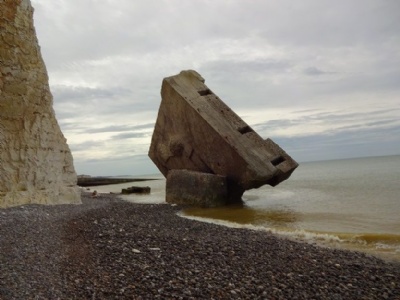
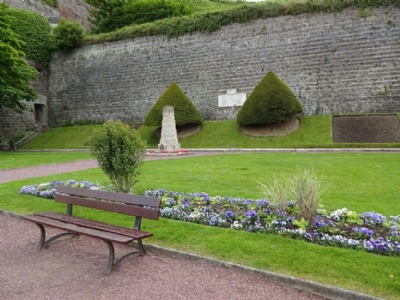
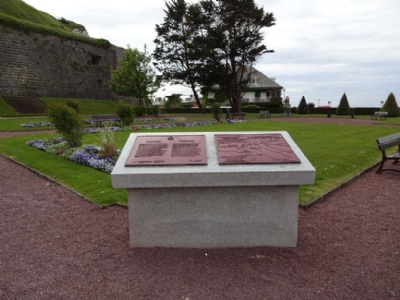
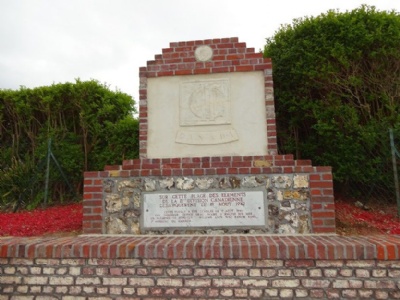
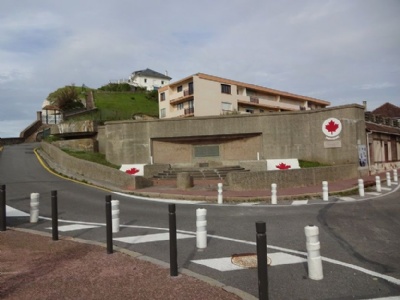
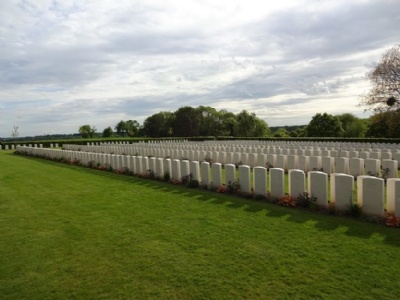
There are several monuments erected in and around Dieppe. Just south of Dieppe there is a Canadian war cemetery and in the center there is a simple museum about the raid. There are actually more to see then one might think. Monument in all its glory but the most interesting is a bunker on the beach in Sainte-Marguerite-sur-Mer just about 10 kilometres west of Dieppe. It has somehow strangely ended up on edge and drilled down into the sand and has become some kind of an attraction.